In a study done in 2016, it was concluded that dishwashers harbor a substantial amount of pathogenic species such as fungi and black yeast, which can spread into other parts of the kitchen. (1)
There are hardened burnt-on food particles in our dishwashers which most likely leave an oily grease residue. You often can find mineral deposits in your machine. Finally, the warm and damp inner environment of your dishwasher is a breeding ground for harmful fungi and mold.
The good news is that you can get rid of those germs and microorganisms by using Hydrogen Peroxide to clean your dishwasher.

How to Clean a Dishwasher with Hydrogen Peroxide
NOTE: Never mix Vinegar with Hydrogen Peroxide as the chemical reaction produces a harmful chemical reaction.
Method 1: For Weekly Cleaning
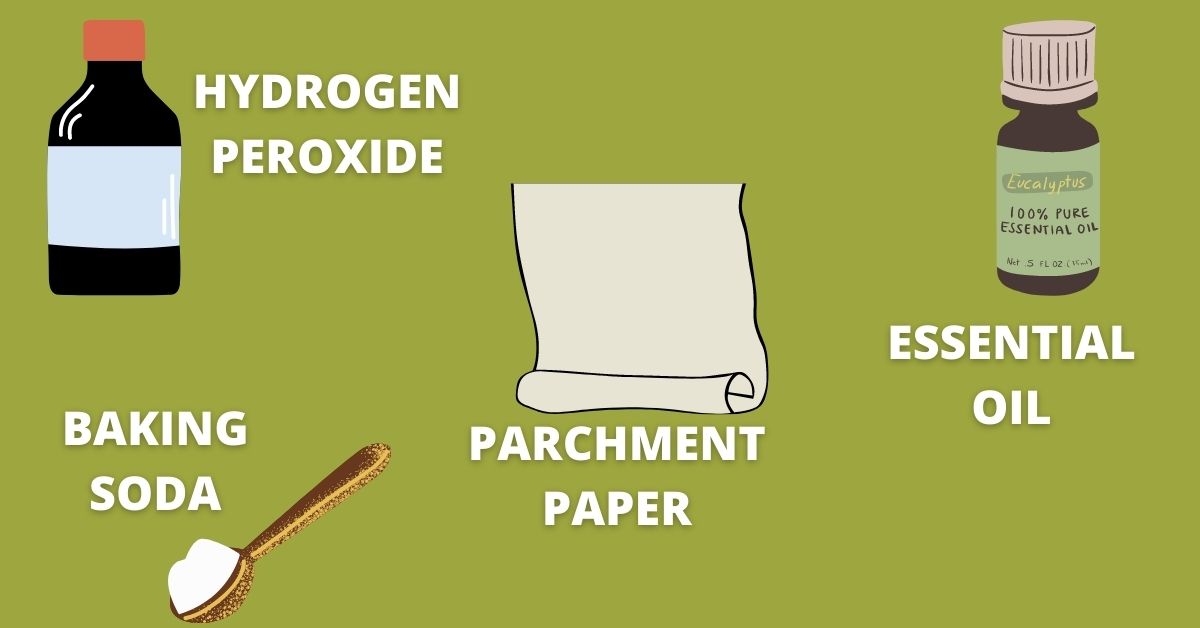
YOU’LL NEED
Hydrogen Peroxide
Baking Soda
Essential Oil
Ice cream scoop (Optional)
Parchment paper
STEPS
STEP 1- Empty your dishwasher of all the dishes.
STEP 2- Take 3 tablespoons of Hydrogen peroxide and mix it well with 2 cups of Baking soda. For fragrance, add a few drops of essential oil.
STEP 3- If the consistency is thick then, form balls using an ice cream scoop and allow them to dry.
STEP 4- If it is a paste-like consistency, then use a spoon to pour it on parchment paper and let it dry and harden for 5-7 hours.
STEP 5- Place the ‘Baking soda and Hydrogen peroxide’ bombs on the bottom of your dishwasher.
STEP 6- Run the dishwasher on a long, hot cycle.
Method 2: For Regular Cleaning
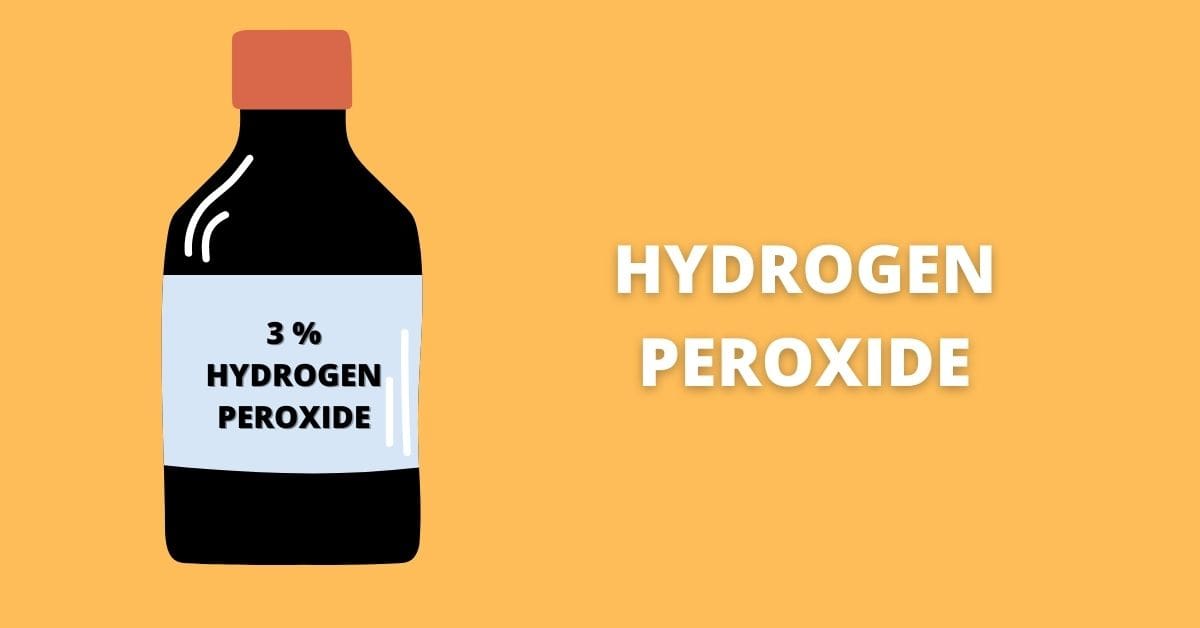
YOU’LL NEED
3% Hydrogen Peroxide
STEPS
STEP 1- Simply run an empty hot cycle by adding 1/4 cup of 3% hydrogen peroxide.
This will disinfect your dishwasher.
Alternately you can use these steps:
STEP 1- Open the door empty your dishwasher.
STEP 2- Spray 3% hydrogen peroxide directly on the inside.
STEP 3- Let the solution stay there for 5 minutes.
STEP 4- Wipe with a clean microfiber cloth.
Method 3: Cleaning while Washing Dishes
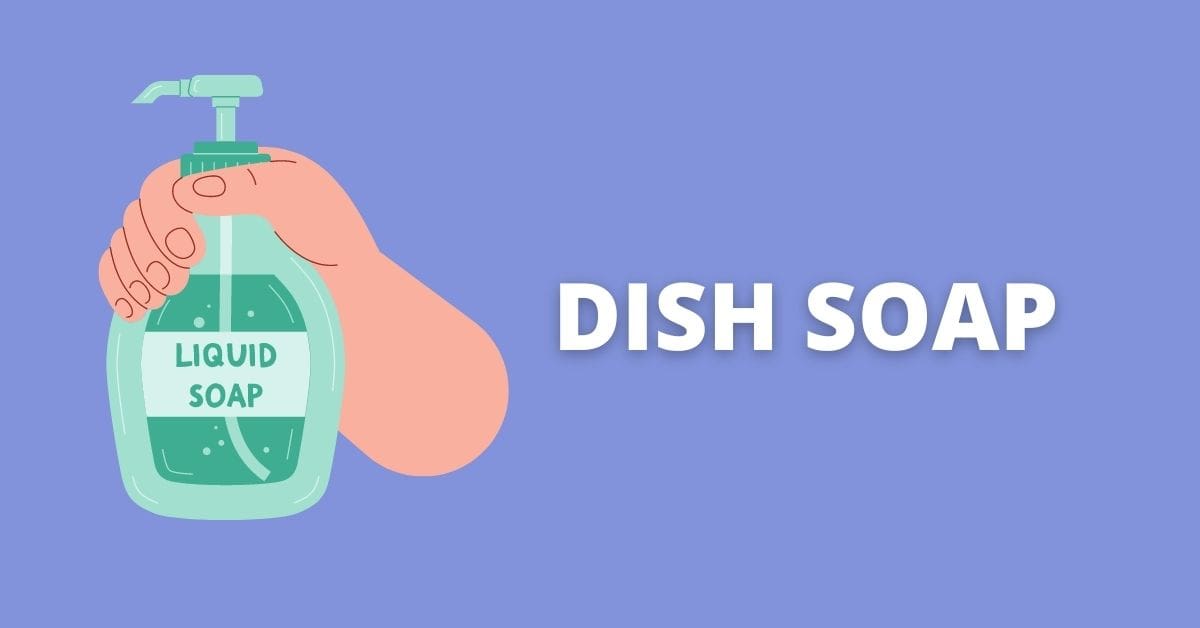
Hydrogen peroxide, when added to a detergent, there is a chemical reaction that breaks down oxygen and water, and the oxygen gets trapped in the soap, creating a foamy texture and bubbles.
YOU’LL NEED
3% Hydrogen Peroxide
Dish Soap
STEPS
STEP 1– Before running the dishwasher, add the same quantity of 3% Hydrogen peroxide to the detergent.
How to Remove Hard Water Stains in Dishwasher
Here we use Vinegar to loosen the hard water deposits which can easily be washed away. Make sure not to mix vinegar and Hydrogen peroxide.
YOU’LL NEED
A Cup of Vinegar
3% Hydrogen Peroxide
STEPS
STEP 1- In the top rack of your dishwasher, place a cup of vinegar.
STEP 2- Pour 1/4 cup of hydrogen peroxide into the bottom of the dishwasher.
STEP 3- Run one hot cycle of the dishwasher.
How to Deep Clean & Sanitize a Dishwasher with Hydrogen Peroxide
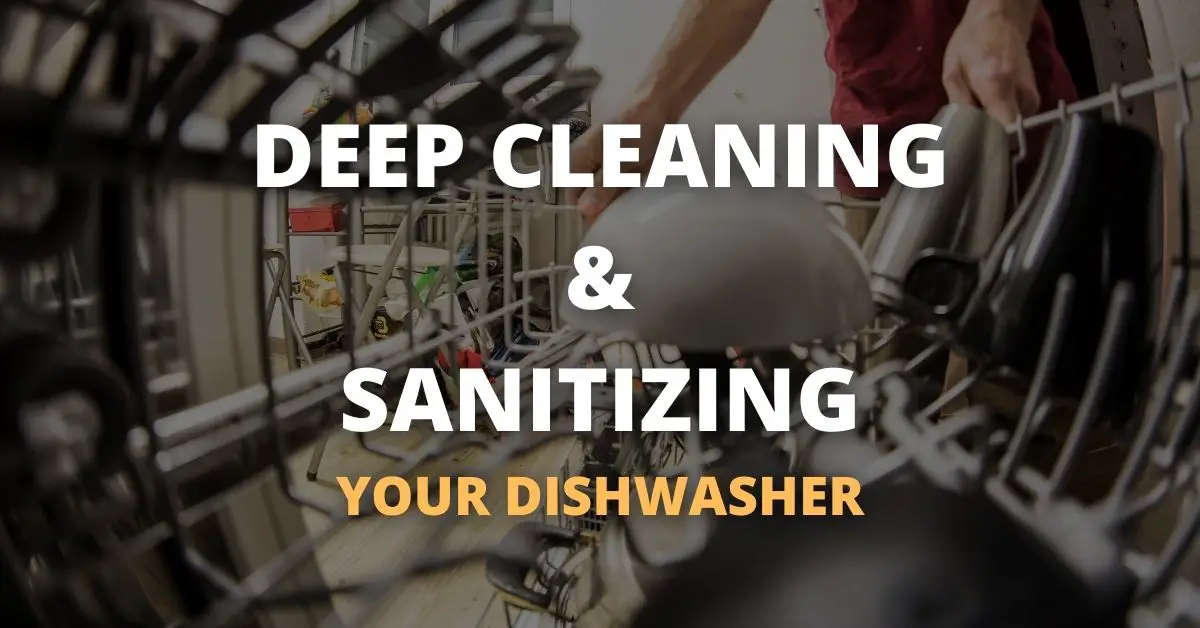
Your dishwasher could be harboring many germs and there could be food particles, and broken glass pieces stuck in places. The racks can easily catch grease, grime, and mineral deposits on the joints, in the grooves, and in the wheels.
You should deep clean and sanitize your dishwasher at least once a month.
YOU’LL NEED
Dish soap
Warm water
Hot water
Distilled white vinegar
Baking soda
Toothbrush
Scrub brush
Tweezers
3% Hydrogen Peroxide
Damp cloth
Clean dry cloth
Rubberized sealant (Optional)
STEPS
STEP 1- Open the dishwasher door and empty it. Take out the racks and holders for utensils.
STEP 2- Take the racks to your sink and clean them using dish soap and warm water.
STEP 3- Make a paste of vinegar and baking soda and apply it to a toothbrush and scrub the grooves and wheels of the racks.
STEP 4- Remove the spray arms of your dishwasher and using the same toothbrush scrub the holes to remove food particles that are stuck. Rinse it with warm water and put it away.
STEP 5- Now remove the drain and wash it with warm soapy water while scrubbing it with a scrub brush as there could be blockages in the drain.
STEP 6- Remove the top filter as well as the bottom filter, and dip both of them in hot soapy water for 10 minutes to get the soap scum and grease out of them. If there are broken glass or ceramic pieces stuck in your bottom filter, use tweezers to pull them out.
STEP 7- Scrub the filters gently with your toothbrush.
STEP 8- Using a paste of warm soapy water and baking soda/vinegar, scrub the inside of the dishwasher door, especially the bottom part of the door and crevices, to loosen the debris. Use a scrub brush for this.
STEP 9- Wipe the rubber seals with the same solution.
STEP 10- Rinse the door with a damp cloth.
STEP 11- Now, spray 3% Hydrogen peroxide on the inside of the door and when it has dried, wipe the surface with a cloth.
STEP 12- With the same soapy baking soda/vinegar paste made earlier, scrub the corners of the inside and the drain area.
STEP 13- If the racks have rust formed due to the peeling of the coating, use a rubberized sealant to hide away that rust that could scratch your dishes.
STEP 14- Return the filters, spray arms, racks, and utensils holder t their respective places.
STEP 15- Pour half a cup of 3% Hydrogen peroxide at the bottom of your dishwasher. This will kill the remaining germs.
STEP 16- Turn the dishwasher on its highest settings for the longest period.
Conclusion
Hydrogen Peroxide is non-toxic and safe for use in many household cleaning tasks as it is only water and oxygen. It kills germs and disinfects surfaces.
If it is just regular cleaning that you are attempting, only Hydrogen peroxide will do but if you are taking on a deep cleaning project, you might want to arrange a few other things, most of which are common household items.
Never use washing machine cleaners in a dishwasher as they are made for washing machines only.

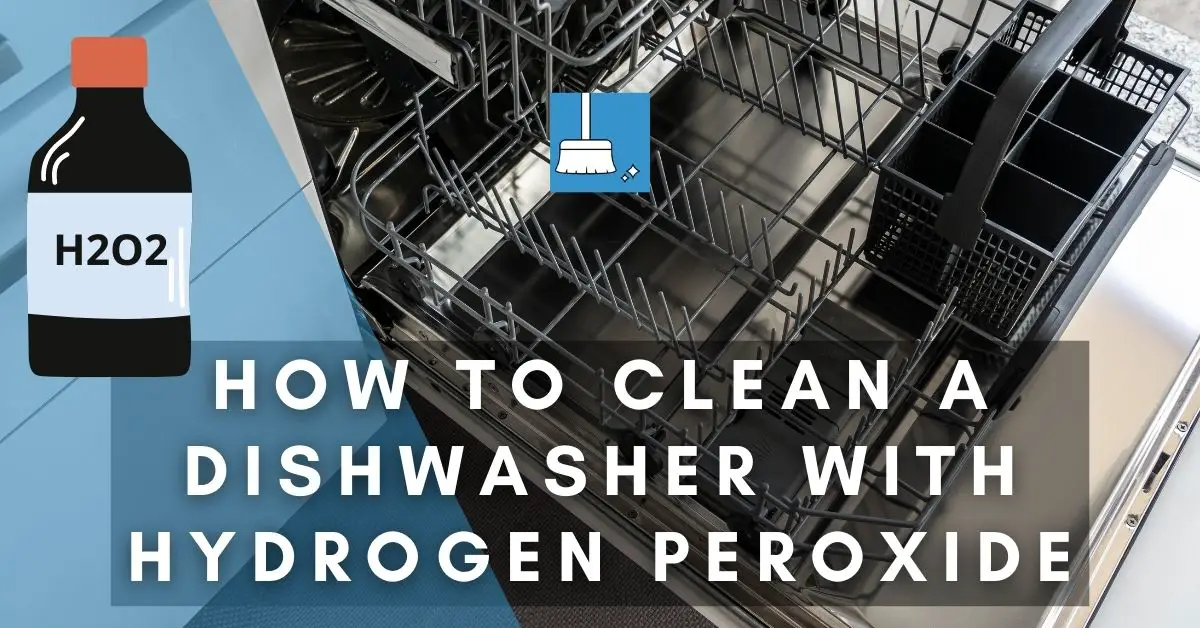
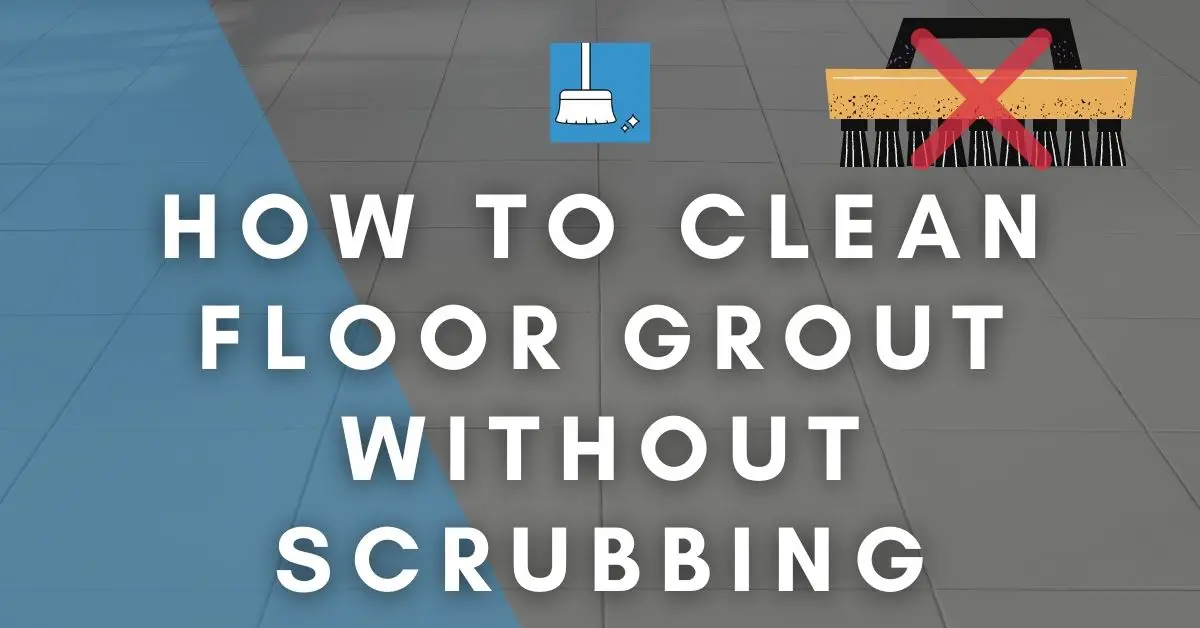

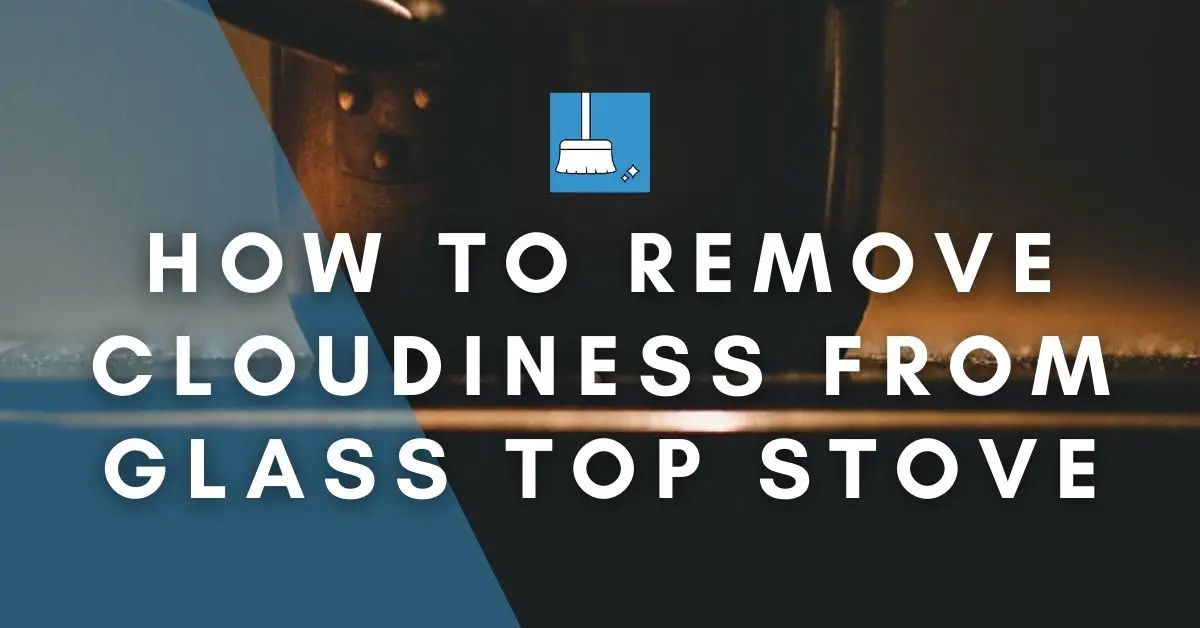
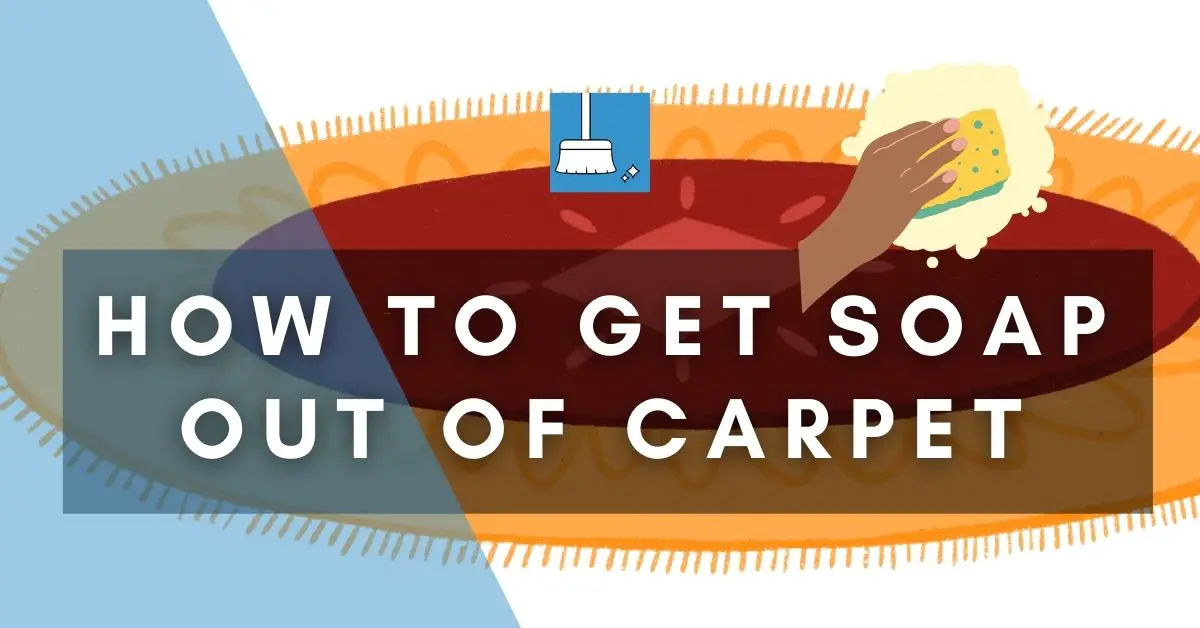
Pingback: Can You Use A Washing Machine Cleaner In A Dishwasher? »
Pingback: Can You Use Liquid Plumr On Dishwasher? (Unclogging Methods) »
Pingback: Can You Put Dish Soap In A Dishwasher? (How?) »
Pingback: Can You Take Your Dishwasher When You Move? (2022 Guide) »
Pingback: Can You Use A Plunger On A Dishwasher? (How?) »
Pingback: Can You Install A Dishwasher Without A Countertop? (How?) »
Pingback: Copper In Dishwasher! (When To Put? & When NOT To Put?) »